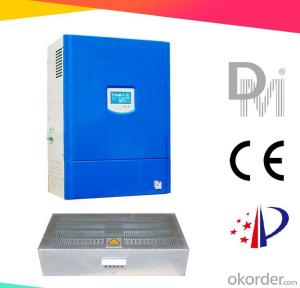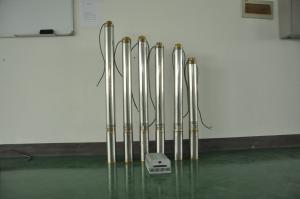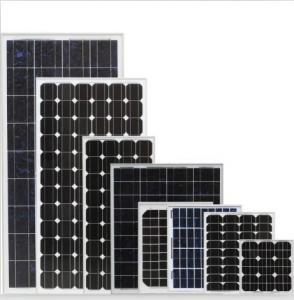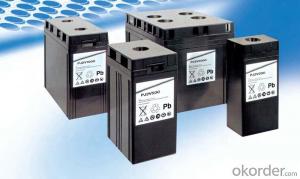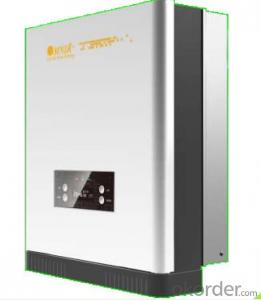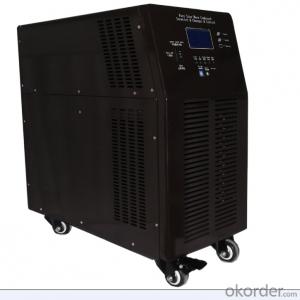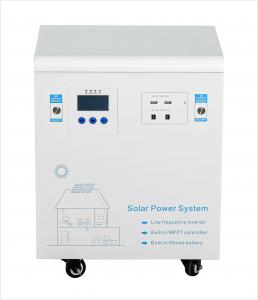2 Kilowatt Solar Inverter
2 Kilowatt Solar Inverter Related Searches
2kw Solar Inverter Solar 2kw Inverter 2kw Inverter Solar 2 Kva Solar Inverter 2 Kv Solar Inverter 2kva Solar Inverter 2kv Solar Inverter 2 Battery Solar Inverter 2kw Solar Hybrid Inverter 2kw Hybrid Solar Inverter Inverter 2kw Solar System Growatt 2kw Solar Inverter 2kva Solar Hybrid Inverter Best 2kw Solar Inverter Solar Inverter With 2 Battery 2kw Solar Inverter Price 2.2 Kw Solar Inverter 2kw Off Grid Solar Inverter 2kv Solar Inverter Price Solar Inverter 2kva Price 2kva Solar Inverter Price 2kw Mppt Solar Inverter 2kva Mppt Solar Inverter 2000 Watt Solar Inverter Solar 2000 Watt Inverter 2kva Off Grid Solar Inverter 2000 Watt Solar Power Inverter Dual Input Solar Inverter 2000w Solar Inverter Solar Inverter 2000w2 Kilowatt Solar Inverter Supplier & Manufacturer from China
A 2 Kilowatt Solar Inverter is a crucial component in solar energy systems, responsible for converting the direct current (DC) generated by solar panels into alternating current (AC) that can be used by household appliances and fed back into the grid. This product is designed to handle the power output from solar panels, ensuring efficient energy conversion and optimal performance of the entire solar system.The 2 Kilowatt Solar Inverter is widely used in residential and small-scale commercial settings where solar energy is harnessed to power homes, businesses, and other facilities. It is particularly suitable for areas with limited space for solar panel installation, as the inverter can manage the energy from a compact array of panels. This product is also ideal for off-grid applications, such as remote cabins or areas without access to traditional power sources, where it can provide a reliable and sustainable energy supply.
Okorder.com is a leading wholesale supplier of the 2 Kilowatt Solar Inverter, offering a vast inventory of this essential product to customers worldwide. With a commitment to quality and customer satisfaction, Okorder.com ensures that the 2 Kilowatt Solar Inverter is available at competitive prices and with the support needed for successful solar energy projects.
Hot Products






